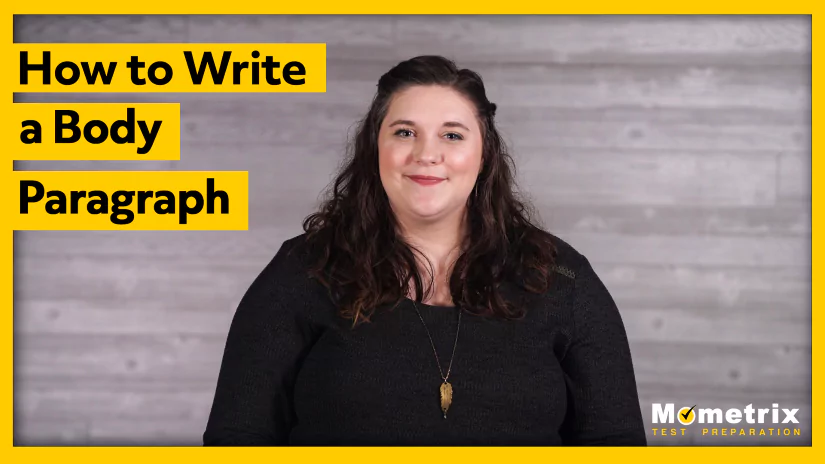
Every essay or paper is made up of 3 main sections: the introduction, the body, and the conclusion.
Today, we’re going to look specifically at body paragraphs, and learn what they’re used for and how to write them.
Let’s get started!
Parts of an Essay
Imagine your essay was a meal. Now, think of your body paragraphs as the main course.
Your introduction is an appetizer that briefly describes what your main idea of the text will be about, and the conclusion is the “dessert” that nicely wraps up everything you talked about. Meanwhile, your body paragraphs hold the bulk of the information and supporting details about your main idea.
But how do you go about creating these paragraphs? Let’s take a look at how a body paragraph is structured.
Structure of a Body Paragraph
First Sentence
The first sentence of a body paragraph starts with an introduction or transitions. This can be a phrase or sentence that tells the reader what the main point of this paragraph will be.
Here’s an example.
In this example, the first sentence argues that some diets aren’t safe. This introductory statement lets the reader know that the rest of the paragraph should be about how diets can be unsafe.
Supporting Details
This is where the supporting details and evidence come in to support the topic sentence. Let’s look back at our example.
Here, the sentences following the introduction go into detail about how diets can be dangerous and why. It also gives data to support this argument.
Conclusion Sentence
Lastly, the paragraph should wrap up with a conclusion sentence that ties up the main point.
In this example, we’ve wrapped up the paragraph by telling the reader to take the information they’ve just read and apply it to their own life.
After you conclude your first body paragraph, you can reuse this system as many times as possible until you have enough body paragraphs to cover all the main points of your thesis for your paper.
Review
Ok, let’s review before we go!
In an essay, body paragraphs come in between the introduction and conclusion. These paragraphs will flesh out your main ideas and provide supporting details to back them up. Finally, a body paragraph should start with an introduction and end with some sort of conclusion or transition to the next paragraph.
That’s all for this review! Thanks for watching, and happy studying!

